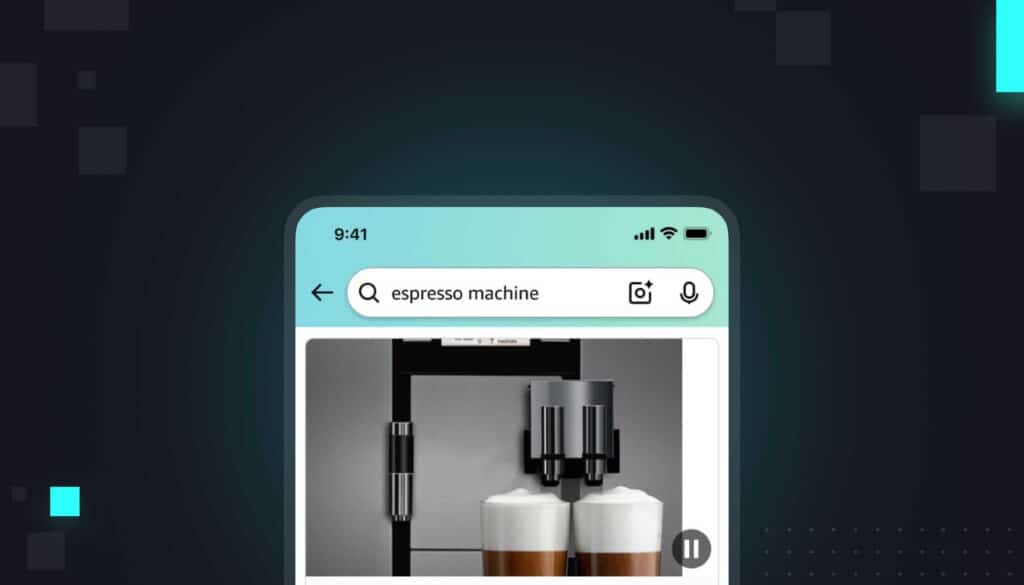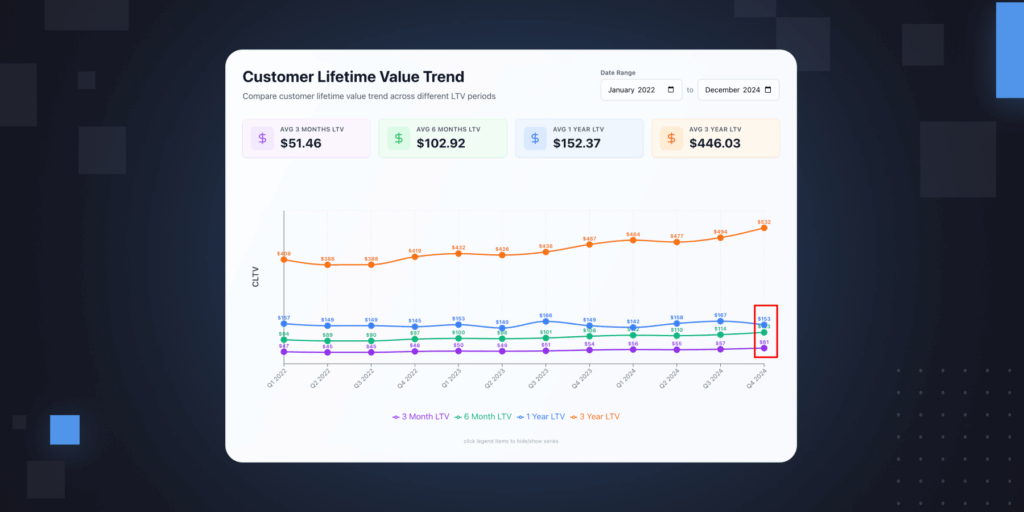Q4 is crunch time for pretty much every brand. After all, 38% of total Amazon sales happen in the final three months of the year.
The stakes couldn’t be higher. This is the moment when ad costs increase, but also when shoppers are most likely to try a new brand.
If you aren’t smart about your strategy, you might miss out on key sales—or, alternately, you might accidentally overspend on ads that were never going to generate the return you need.
The good news is, you’re probably already sitting on the data you need to get ahead during Q4.
Your performance last year can be your roadmap to success this year—you just need to know how to look at it.
Here’s what to look for in last year’s data.
Locate high-performing products and search terms
The purchases that shoppers make in Q4 look a little different than the purchases they make the rest of the year. There’s a much bigger focus on gift-giving, for instance.
Your high-performing Q4 products therefore might not look exactly like your high-performing products the rest of the year.
You might find that you have a few products lower down in your catalog that actually do really well in Q4.
In AMC, you can run different queries on your Q4 data from last year to figure this out.
Running a New-To-Brand Gateway ASINs query on your Q4 data last year can help you locate a few products that are surprisingly good at bringing in new shoppers.
Then compare those high-performing products against your ad spend, and you might discover that you are significantly underspending on some of the products that get the most traction in Q4.
You can do something similar with your search terms. The terms that perform well for you in Q4 will probably look different than those that do well the rest of the year.
Isolate your Q4 data to figure out which terms overperformed last year. You can do this by looking at the historical data in your Search Query Performance Report or by running AMC queries.
Those high-performing terms that did not get a ton of ad spend last year are where you want to start your marketing strategy. Set aside those terms for this quarter, and boost budget so they get to live up to their full potential.
Focus on high-value shoppers from last year
One thing about advertising during Q4? It’s expensive. CPCs always go up at the end of the year, and in this profitability-focused moment, you want to be sure you’re funneling that spend toward shoppers who will make it worth your while.
You want to focus on shoppers who, after first buying from you, are highly likely to repeat a purchase or buy an upsell.
Your high-value shoppers who bought during Q4 last year are a highly desirable data set.
This is a group that is likely to spend a lot this holiday season. Isolate this audience in AMC—something you can do instantly in Intentwise Explore—and push them to your DSP and Sponsored Ads campaigns.
Even more useful than just directly re-targeting the same shoppers who already bought from you, though, is to create a lookalike audience of last year’s high-value Q4 shoppers.
This means you can bid boost on net-new shoppers who, because of their characteristics, you have good reason to think are going to spend a lot on your brand.
Lookalike audiences are your secret weapon for identifying good shoppers target this quarter. You can pick any demographic you’re interested in—high-value shoppers, shoppers who Subscribe & Save, and so much more—and create a group of new shoppers to target with your end-of-year campaigns.
This tactic pairs well with those high-performing keywords from last year that you’ve already isolated. Take the search terms that did well for you in Q4 last year, and then attach a lookalike audience of high-value shoppers to your ad campaign.
Bid a little extra on those high-value shoppers, and you might see impressive returns on investment.
Build a data structure for quick analysis
Of course, the most important aspect of your Q4 strategy is to build a data system that lets you be truly nimble.
You want to have your eye on what’s trending, and react swiftly when something changes. Your historical data can help you craft a strong plan for Q4—but as the landscape shifts from day to day, week to week, you need to be ready to change with it.
Having that real-time view of why your performance shifted is the only way to ensure you have the edge on your competitors. Our brand new solution, Product 360 (currently in beta), is one of the best ways to do this.




